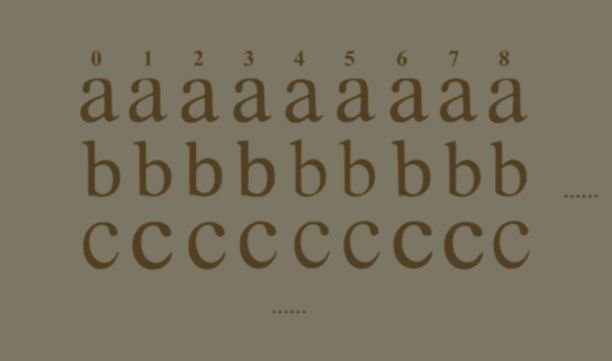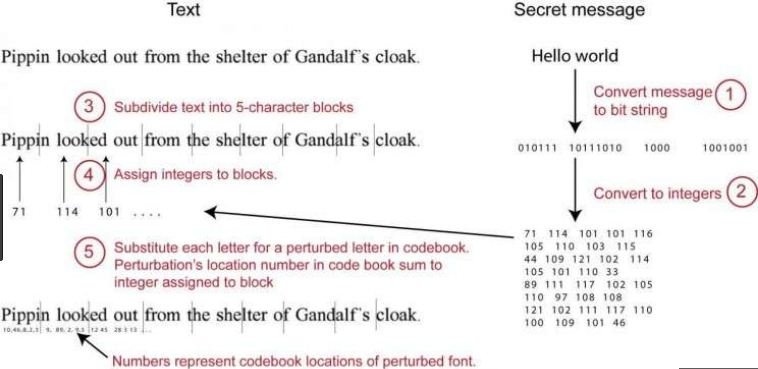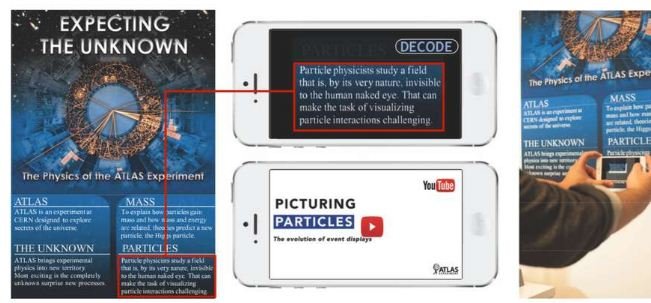At first glance, the text is absolutely banal. Yet it contains a secret code thanks to an algorithm that changes the letters in a way undetectable to the naked eye. This is how it works.
The most twisted secret codes have been imagined by spies since the dawn of time. During the second world war, the Germans had thus developed the Enigma crypter, which substituted letters by others thanks to an ingenious system of rotors. The encryption developed by Changxi Zheng and two students from Columbia University and published on May 10, 2018 is even more subtle, since it can be used with any text, image or file, and preserves the same encryption when the document is scanned, printed, or converted to another format. It is for example possible to photograph the text with a smartphone and send it by text to someone who can read the hidden message using the decryption software.
It is based on a new font called FontCode. It introduces modifications of the shape of the letters imperceptible to the naked eye: width of the line, height of the letters like h or t, attenuation of the curves of the round letters like o, p or d ...). The message to be transmitted is first converted into a series of digits, each digit being assigned to a block of five letters in a lambda text. The letters of this text are then modified by an algorithm, which chooses an alteration among the hundreds of possibilities. To decrypt the encoded message, the algorithm identifies the place of the letters that have been tampered with and outputs the associated digit. "The hidden information, imperceptible to the human eye, is readable by a machine as with a barcode or QR code reader, except that its presence is invisible," said Changxi Zheng.
CORRECTOR TO RESTORE MISSING LETTERS
Thanks to a system of auto-correction, the algorithm is even able to restore the message when some letters are missing (for example, when the text has become more vague when an image is converted into a lower resolution). Decryption remains possible with a loss rate of 25% (that is, when 25% of corrupted letters are not recognized). The font FontCode works with the most common fonts like Times New Roman, Helvetica or Calibri, and can be used with classic editing software (Word, Photoshop, Illustrator ...).
Beyond espionage, researchers are considering multiple possible applications for FontCode: QR codes invisible on packaging or posters, authentication of contracts or legal acts, protection against the falsification of documents, etc.




Great Thanks for sharing
Thanks for your support bro!!
My pleasure Bro
You got a 1.78% upvote from @postpromoter courtesy of @abix!
Want to promote your posts too? Check out the Steem Bot Tracker website for more info. If you would like to support the development of @postpromoter and the bot tracker please vote for @yabapmatt for witness!